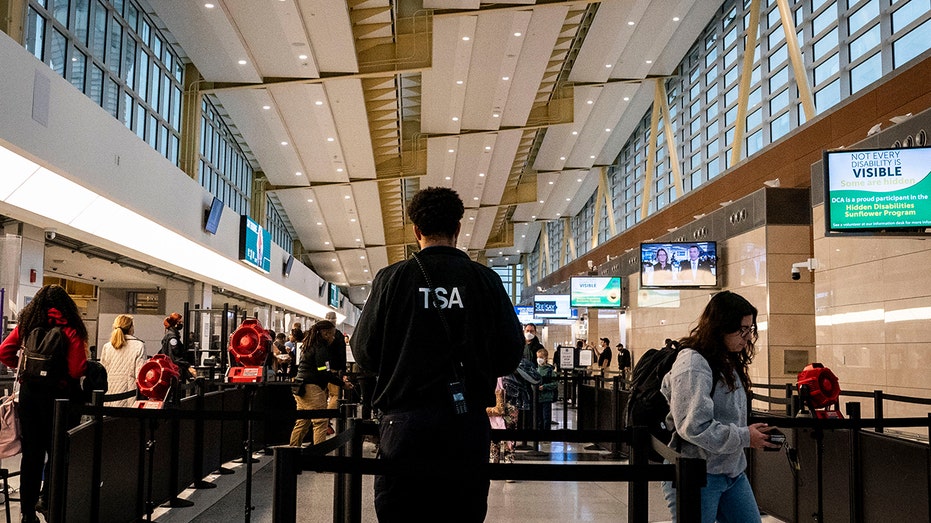Any narratives that workers prefer to work remotely full-time may be incorrect, according to ResumeBuilder.com. A poll by the company found that seven in 10 employees don’t want to be fully remote, with 40% preferring to work fully in-person and 32% preferring hybrid work.
The top reasons for wanting in-person work were communication and collaboration with social interaction cited by 58%, faster communication by 47%, easier collaboration by 47%, and separation of career and home life by 46%.
“With the tug-and-pull surrounding remote and hybrid work, the voices of those advocating for full-time in-office work have not always received equal attention,” ResumeBuilder’s Chief Career Advisor Stacie Haller stated in the study.
“While the desire for some in-office presence remains prevalent, the extent of this preference remains subject to flux,” Haller said. “It’s clear that a one-size-fits-all approach is no longer tenable in today’s diverse workforce landscape. Yet, the specific configuration of in-office versus remote work versus hybrid continues to be a matter of ongoing negotiation and adaptation.”
Of those who prefer a hybrid model, 40% said three days per week at the office was ideal.
“For many, the appeal of on-site work lies in the ease of communication, camaraderie, and collaborative opportunities that are inherently more tangible in a face-to-face setting,” Haller said. “Conversely, those who favor remote work often prioritize the autonomy and flexibility it affords, allowing them to maintain focus and achieve a harmonious integration of work and personal life.”
ResumeBuilder.com’s survey included 1,250 full-time workers and took place in April.
The International Monetary Fund forecast US gross domestic product to grow 2.7% this year before slowing next year to 1.9% amid a gradual softening in labor markets.
In comparison, the Philadelphia Federal Reserve’s Survey of Professional Forecasters released in February forecast that GDP in the US would grow by 2.4% this year before slowing to 1.9% in 2025.
However, growth in the US comes with concerns, according to a blog post by Pierre-Olivier Gourinchas, economic counselor and director of research at the IMF.
“The strong recent performance of the United States reflects robust productivity and employment growth, but also strong demand in an economy that remains overheated,” Gourinchas wrote. “This calls for a cautious and gradual approach to easing by the Federal Reserve. The fiscal stance, out of line with long-term fiscal sustainability, is of particular concern.”
The IMF’s US forecast was included in the organization’s World Economic Outlook Growth Projections report, which also forecasts the world’s GDP will grow by 3.2% this year with the global GDP growth holding steady at 3.2% in 2025.
“Economic activity was surprisingly resilient through the global disinflation of 2022–23. As global inflation descended from its mid-2022 peak, economic activity grew steadily, defying warnings of stagflation and global recession,” according to the report’s executive summary. “Growth in employment and incomes held steady, reflecting supportive demand developments — including greater-than-expected government spending and household consumption — and a supply-side expansion amid, notably, an unanticipated boost to labor force participation.”
The report also noted that Canadian GDP is forecast to grow 1.2% this year and 2.3% in 2025.
An analysis of tech job postings by job board Dice found that 14% of all listings in February referenced skills related to artificial intelligence or machine learning, up from 9% in the previous year.
The total number of open AI and machine learning jobs rose to 60,784 at the beginning of this year, an increase of 8.5% from 56,018 at the start of 2023. The surge in demand took place despite a 26% decline in overall tech job postings during the same period.
“This is an exciting time to be in tech; in terms of AI’s magnitude, it’s on par with the dawn of the internet and the release of the first smartphones,” Dice CEO Art Zeile said in a press release. “Artificial intelligence is not a new phenomenon, but the demand for AI skills today is escalating across almost every sector.”
Zelle continued, “Generative AI is being integrated into almost every workflow, and CEOs are focused now on AI-driven efficiency. That just amplifies the need to hire and train those skilled tech professionals.”
Salaries for AI- and machine learning-related roles also show the impact generative AI have made in a short period of time, as they have continued to grow during a time when the average tech salary has flattened. In its 2024 Tech Salary Report, Dice data showed the average salary for someone skilled in machine learning is $122,060, almost 10% higher than the average tech salary of $111,193.
Dice pulled data on March 20 and analyzed tech job postings in the US using Lightcast’s skills category taxonomy specific to AI/machine learning and “Natural Language Processing.”
U.S. job growth has repeatedly blown past expectations since the start of the new year, but there has been a consistent factor underpinning those surprisingly strong figures: the government.
The most recent data from the Labor Department shows that employers added 303,000 jobs in March, easily topping the 200,000 gain forecast by LSEG economists. The unemployment rate inched lower to 3.8%, from 3.9% in February.
But digging deeper into the report reveals that the American government has been a major contributor of jobs since the beginning of the year – something that economists say is belying a strong labor market.
"It’s a little bit disconcerting when you see the fact that job growth is in sectors that are not necessarily your productive sectors," Jeffrey Roach, chief economist at LPL Financial, told FOX Business.

Public sector jobs at the federal, state, and local level rose by 194,000 during the first three months of 2024. That accounts for about one-quarter of all jobs created in January, February, and March. By comparison, during that same period in 2019 before the pandemic began, government hiring represented just 11% of all jobs created.
"You never want to see the government be the major engine for hiring," Roach added. "They are quick to furlough, so it can kind of go both ways. You may see this massive rebound in hiring, but once there’s a slow patch, you might see a reversal of that trend."
INFLATION ACCELERATES MORE THAN EXPECTED IN MARCH AS HIGH PRICES PERSIST
State and local governments are hiring teachers and police officers, while the federal government is onboarding TSA agents amid a post-pandemic surge in travel.
The government experienced a severe drop in employment during the pandemic when state and local governments – anticipating budget shortfalls – furloughed and laid off thousands of employees. Many workers also left their jobs for more competitive pay in the private sector, leaving the government to grapple with a labor shortage.

While the private sector job growth slowed sharply from 4.3% in 2022 to 2.3% in 2023, the government has seen a much more rapid pace of hiring. Public sector job growth jumped from a modest 1% in 2022 to 2.7% in 2023 – the highest year-over-year growth rate since 1990, according to Fitch Ratings.
That divergence suggests hiring is slowing down in the private sector – which includes jobs like manufacturing, research and development, and construction – while it speeds up within the government. The trend is likely to continue in 2024.
"The post-pandemic recovery for government payroll did not begin until much later in 2021, because most government educational institutions maintained a remote-only system with minimal staff throughout 2020," said Olu Sonola, head of U.S. economic research at Fitch Ratings, in a report about government hiring.

